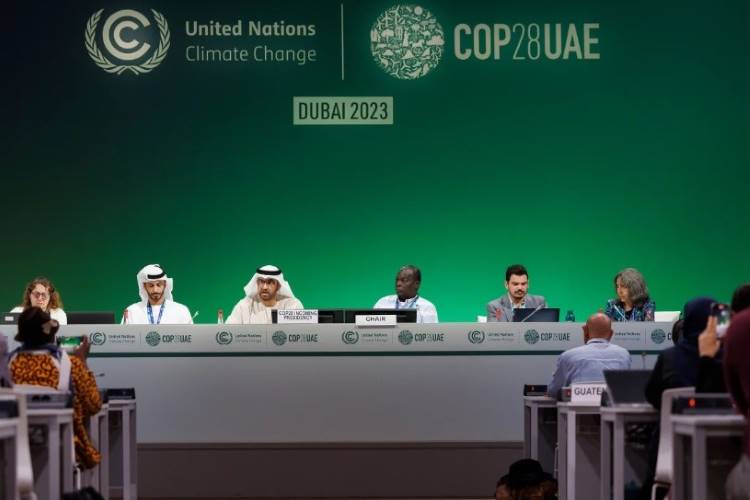
A groundbreaking decision was made at the COP28 climate conference in Dubai – the establishment of a Loss and Damage Fund, intended to compensate countries reeling under the impact of climate change. The decision, the most impactful to be adopted on the day one of any COP, marks a potential turning point in global climate policy. But amid the fanfare, one must examine if this is a genuine step forward, or merely a symbolic drop in the ocean of climate action.
The United Arab Emirates, hosting the conference, pledged a significant $100 million to the fund, matched by Germany’s commitment. This move signals a willingness among nations to recognise and address the disparate impacts of climate change. However, scepticism lingers, especially considering the unfulfilled promises of previous initiatives like the Green Climate Fund, which has consistently fallen short of its goals.
READ I Explained: Carbon tax, a powerful weapon against climate change
Why a Loss and Damage Fund
The need for such a Loss and Damage Fund arises from the inherent inequity of climate change impact. Developing nations, contributing minimally to global carbon emissions, bear the brunt of climate-induced disasters. The African continent, for instance, emits a small fraction of global greenhouse gases yet faces extreme vulnerability to climate change. Countries like Pakistan have incurred damages upwards of $30 billion due to severe flooding, despite their negligible emission contributions. This stark disparity calls for not just recognition, but substantial action.
The decision to host the fund under the World Bank for four years, with a launch aimed by 2024, raises crucial questions about governance and effectiveness. The inclusion of a developing country representative on the board is a positive step, ensuring that the voices of the most affected are heard. However, the real test will be in the fund’s operationalisation – who contributes, who benefits, and how the funds are allocated.
The Loss and Damage Fund’s governance structure should emphasise transparency and accountability to ensure that funds are distributed equitably and effectively. Regular reporting, independent audits, and stakeholder engagement mechanisms are essential for building trust and ensuring that the fund operates with integrity.
Need innovative financing
It is imperative to consider the financial magnitude of climate adaptation and mitigation. The United Nations estimates a staggering need for up to $387 billion annually for developing countries to adapt to climate-driven changes. Given the historical underfunding in this arena, one wonders if the pledges made at COP28 will suffice.
Innovative financing mechanisms are being proposed, from windfall taxes on fossil fuel companies to international taxes and debt for loss and damage swaps. These ideas, while promising, require a level of global cooperation and commitment that has been elusive so far.
The United Nations Environment Programme (UNEP) plays a pivotal role, not just in fundraising but in providing critical data and supporting resilience-building projects. Its efforts in ecosystem-based adaptation, benefitting millions worldwide, are commendable. Yet, the scale of the challenge demands more than project-based interventions.
Challenges for the Fund
The true effectiveness of the Loss and Damage Fund will depend on its ability to fill the gaps left by existing climate finance mechanisms. For too long, the pledged funds have fallen short of the needs, with adaptation and mitigation finance in 2020 alone falling at least $17 billion short of the $100 billion target set for developing countries.
The fund should not only compensate for existing losses and damages but also invest in resilience-building initiatives that help communities adapt to and mitigate the effects of climate change. This could include supporting early warning systems, climate-smart agriculture practices, and infrastructure development.
While the establishment of this fund is a historic and necessary step, it must not divert attention from the ultimate goal – reducing emissions. Unless we tackle the root cause of climate change, such funds, however well-intentioned, risk becoming mere palliatives in the face of escalating climate disasters. The world must muster more resources, not just for adaptation and loss mitigation, but for a transformative shift towards sustainable development.
The announcement of the Loss and Damage Fund is a promising development. It represents a long overdue acknowledgment of the disproportionate impact of climate change on developing nations. However, its success hinges on genuine commitment and effective implementation. This fund should be seen not as a panacea, but as a component of a broader, more aggressive strategy to combat climate change.

